
Social justice and climate change are two processes that need to be able to accompany one another. Maybe we should start understanding that they are in fact not separate. They are one and the same thing.
Kim Geheb, LFF Central Component Coordinator
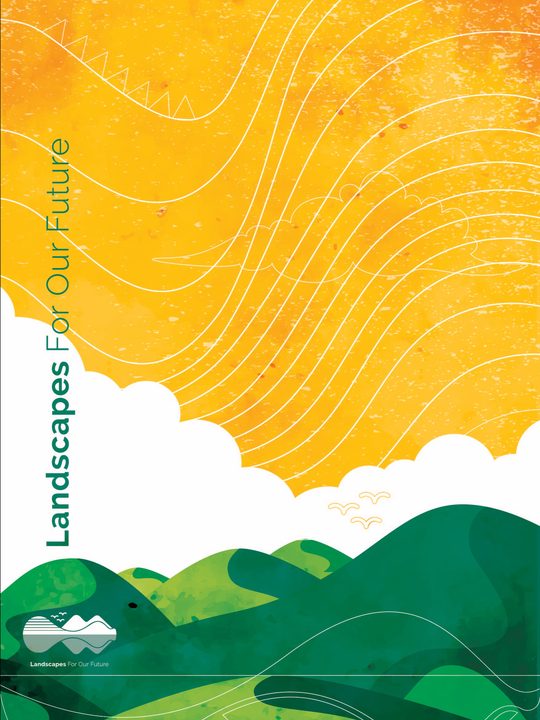
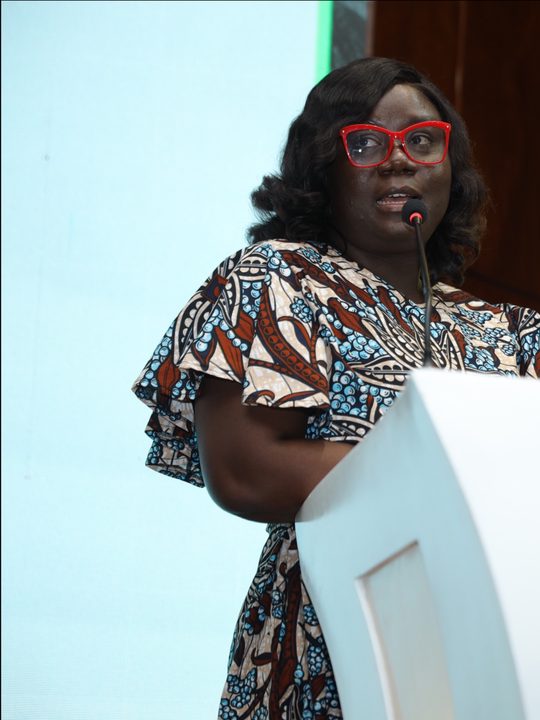
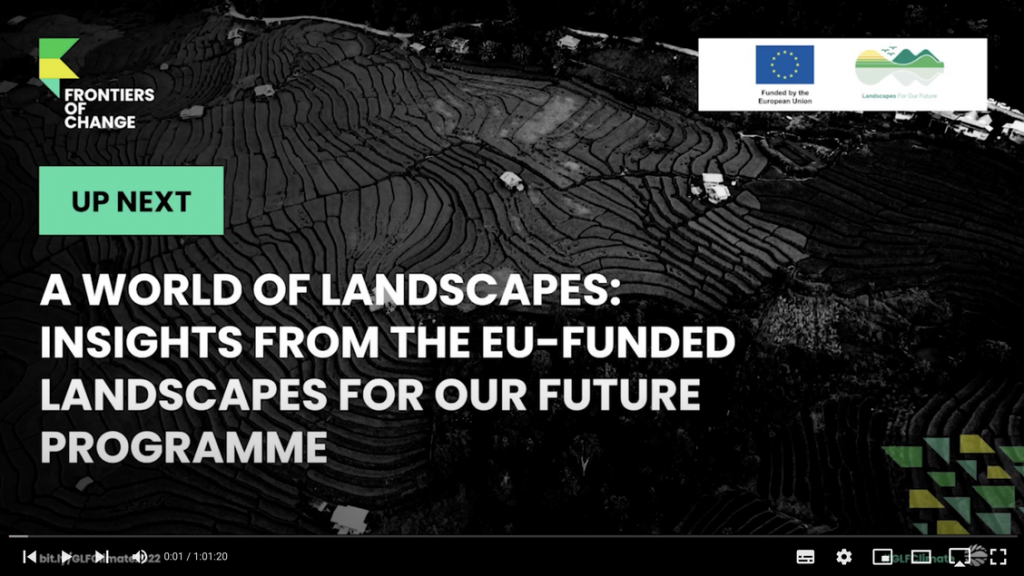
As 2023 gathers momentum, we’re looking back on lessons learned and looking forward to implementation.
Let’s kick off with hearing from you. Please would you spare 20 seconds to respond anonymously to two quick questions? We, the Central Component, want to make sure we’re providing tools that you can use, so your feedback matters.
Thank you! Now it’s our turn to provide feedback to you:
COP27 was always going to be criticized for being just more ‘blah, blah, blah’. As it opened in Sharm El Sheik, Egypt in late November, serious questions were rightly raised around issues of human rights and social justice: those concerned with preventing climate catastrophe were proving blinkered to social justice, many argued.
We stepped into that fray and hosted a session on Integrated Landscape Management at one of the COP27 sideline events: GLF Climate 2022. The result was a rich look at where we are, where we’ve been, lessons learned, and thought processes we should most urgently engage in.
Here’s what we took away from that and think you might also find worth in mulling over for implementation in 2023.
KNOWLEDGE
Our favourite ILM overview yet
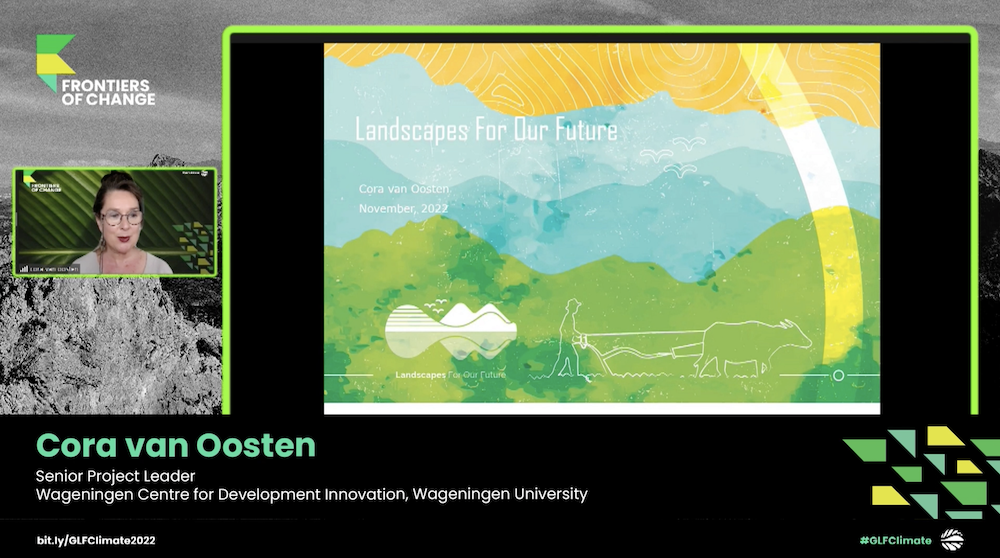
Cora van Oosten is a hugely experienced landscape practitioner, with 25-years worth of practical, hands-on field experience: she and her team from Wageningen University, Netherlands work to manage, govern and restore landscapes in an economically viable and socially acceptable manner. That’s a pretty good grounding in the subject matter, right?
Her presentation provided an insightful overview of the whole spectrum of what is contained within ILM. (If you watch nothing else, watch this one.) With characterful illustrations, she cuts to the chase on what needs doing – about getting out of informality, of harnessing the strengths and mobilizing the capabilities of the various actors. And of the bridging roles ILM can play.
Integration, she made clear in her talk, is not just across sectors but across scales.
Institutional capabilities relate to actors not only staying at the very local level and finding the techniques, the tools and the instruments to make landscapes better, but also to have these local actions travel up to higher level influences, travel up to local official levels to even top level official levels where they can enter the world of policies and travel back down – and that’s what some people like to call scale.
Dr Cora van Oosten
PROJECT VOICES

Our voices from the field proved to be in chorus: while providing overviews of their projects on completely different continents, our speakers from both Africa and Latin America re-emphasised the centrality of Multi-stakeholder Fora in the ILM approach. The MSF architecture in both Miriam Seeman’s and Abena Woode’s presentations were impressive in the way they sought to give structure to landscape level dialogues while also accommodating the biophysical trends and data.
LEAN in Ghana
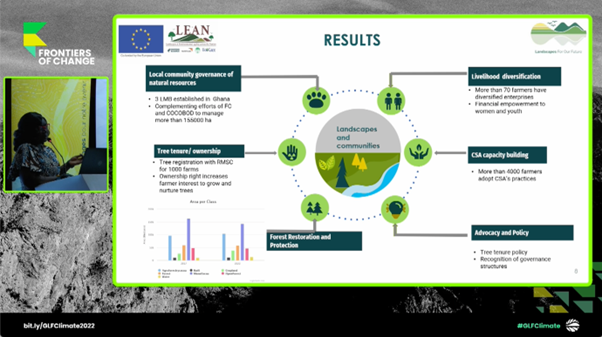
Abena Woode provided an overview of the ways in which the Landscapes and Environmental Agility across the Nation project aims to mitigate climate change by catalyzing system change for over 200 communities across three landscapes in this West African country.
Water as a connector in Bolivia
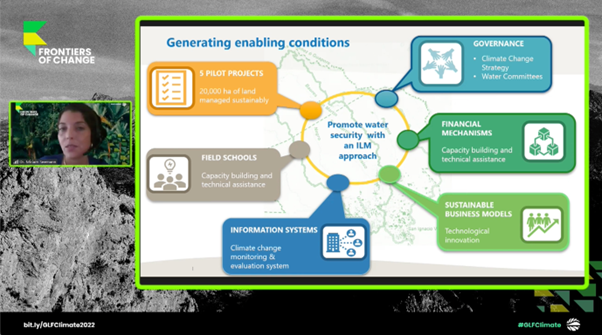
Aiming to improve water security for 120,000 people in vulnerable communities in the forested Bolivian lowlands, Miriam Seeman explained how this project is working to strengthen water climate governance structures, develop financial mechanisms and promote sustainable business models, with a particular focus on technological innovation.
Conversation starters
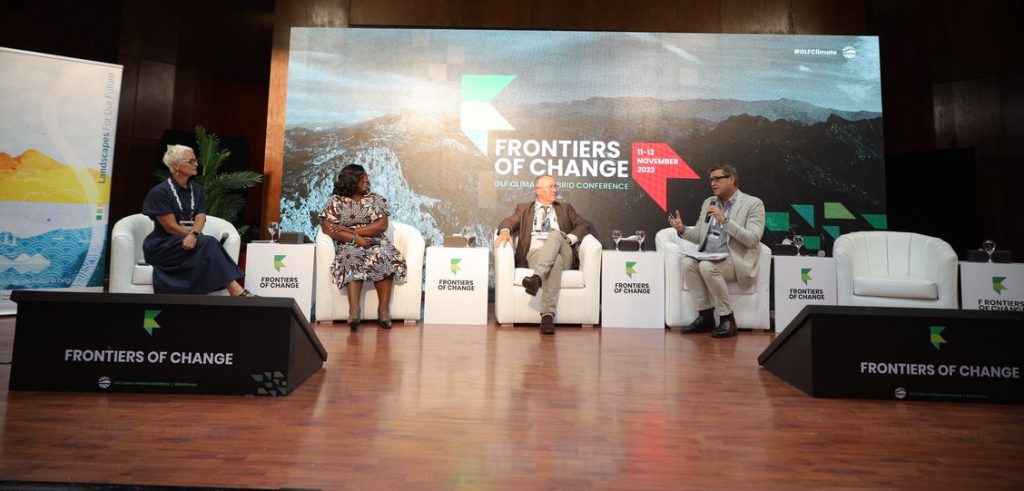
We began our GLF Climate session with audience surveys on whether global institutions were perceived as fit-for-purpose in addressing climate change, and on whether social justice was a necessary ingredient for climate change.
The results were mixed, and the ensuring conversation wide-ranging. Watch the video, and please do join the conversation in our Forum.
PUBLICATION HIGHLIGHT
A Practical Guide to Integrated Landscape Management
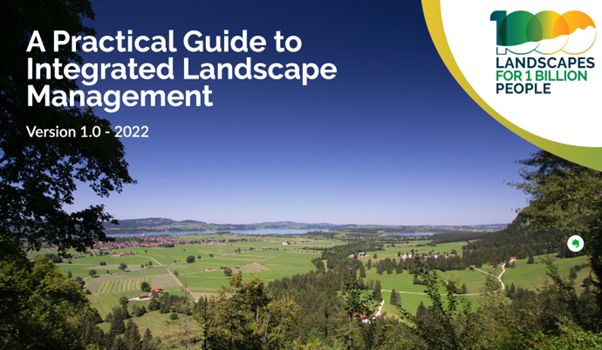
Wanting the behind-the-scenes study guide to ILM? An up-to-date practical guide to Integrated Landscape Management? With the aim of providing a “generic, locally adaptable, conceptual process and practical guidance for carrying out ILM,” the authors of this guide and its accompanying Management Tool Guide aim to make the process of reaching agreement on a shared landscape vision and strategy easier.
👏 We say kudos to 1000 Landscapes for 1 Billion People.
👉 What do YOU think? Tell us in the Forum.
It’s really our firm belief that integrated landscapes approaches can make a really meaningful contribution to alleviating the interconnected challenges of human well-being, climate change biodiversity loss and land degradation.
Chantal Marijnssen, Head of Unit for Environment, Sustainable Natural Resources in DG INTPA at the European Commission

Integrated Landscape Management (ILM) is integral to the European Union’s (EU) ambitious post-2020 biodiversity and food systems agendas and its commitment to the Paris Agreement and the Sustainable Development Goals. ILM approaches furthermore facilitate an inclusive green recovery consistent with the EU Green Deal. In 2019, the EU launched the five-year Landscapes For Our Future programme, which now supports 22 ILM projects, spanning 19 countries and 3 sub-regions across the Global South.



